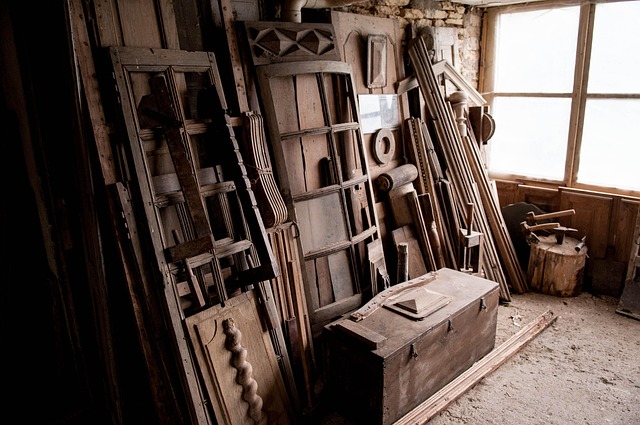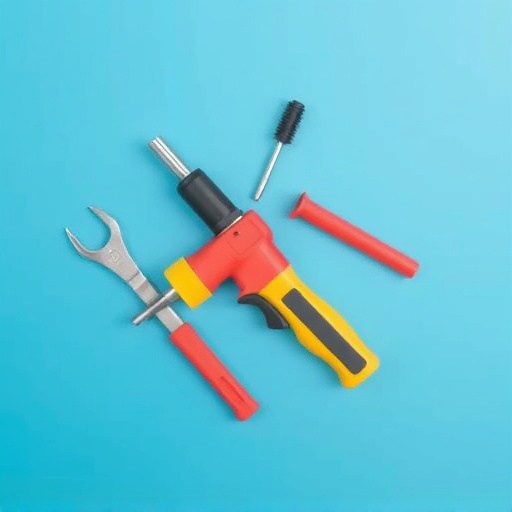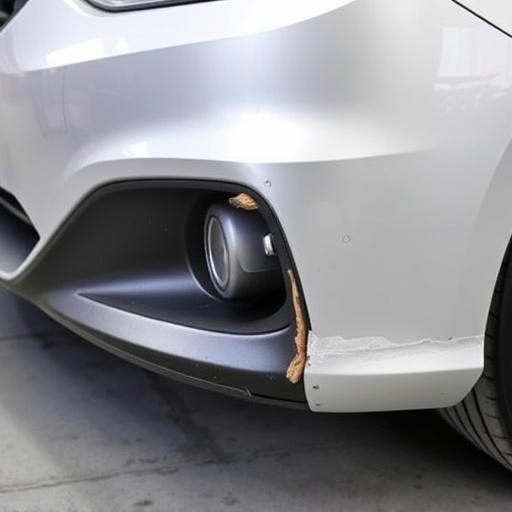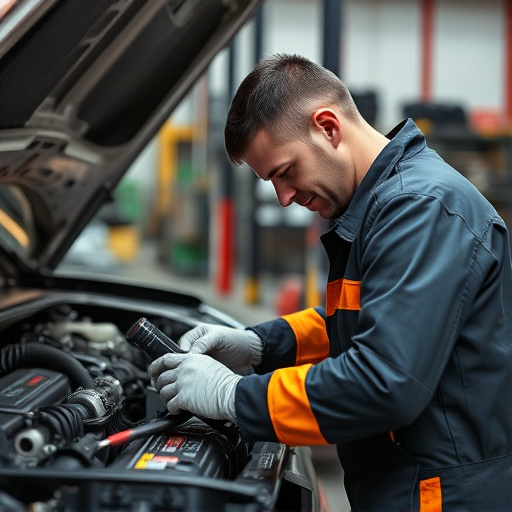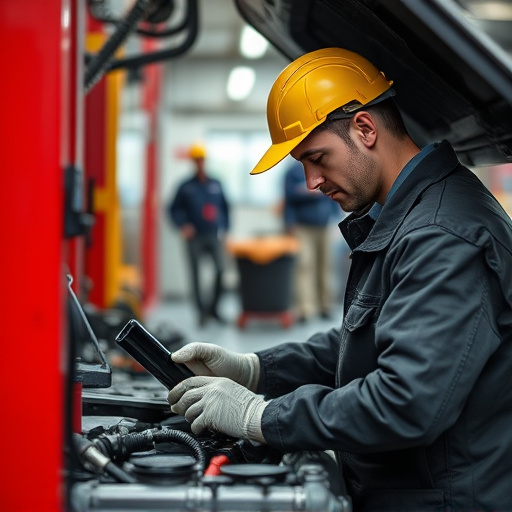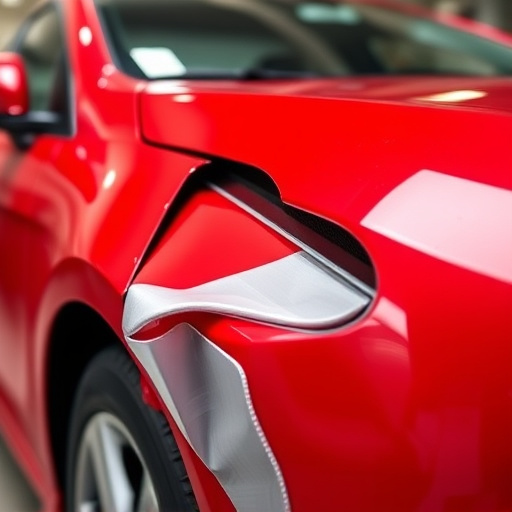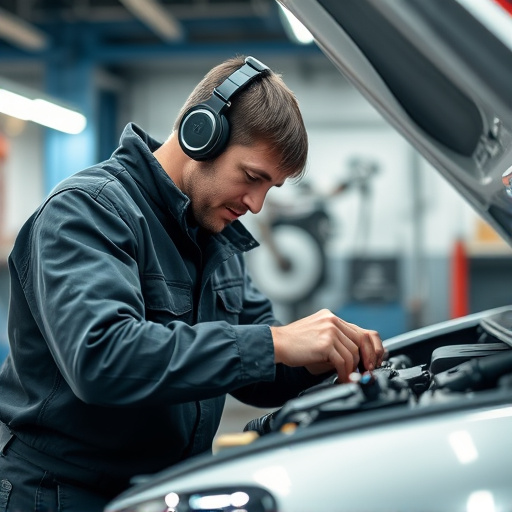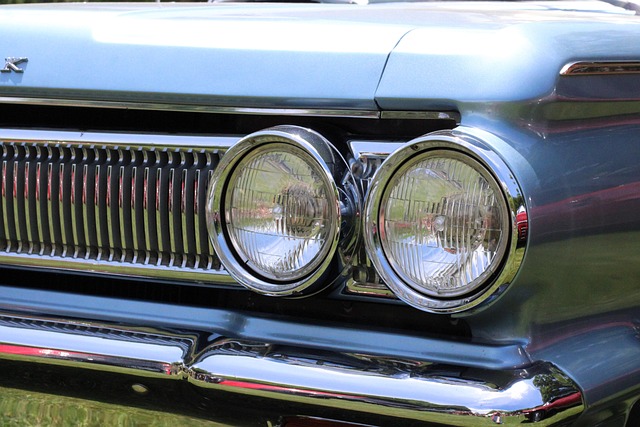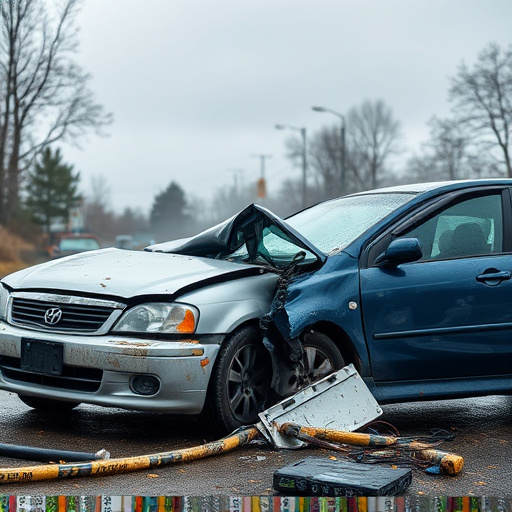Hail damage assessment protocols are essential for accurate vehicle evaluation post-storm, ensuring repairs meet industry standards. Skilled assessors inspect cars for visible dents, cracks, and hidden issues using standardized forms and specialized tools. These protocols guarantee that all repairs follow best practices, manufacturer guidelines, and safety standards, restoring vehicles to their pre-damage condition. Accurate inspections are vital for insurance companies and body shops, ensuring fairness, customer satisfaction, and trust through transparent communication of required repairs and timelines.
Shops employ meticulous strategies to ensure accuracy during hail damage repair inspections, a crucial process for insurance claims and customer satisfaction. Hail damage, varying from dents to cracks, demands precise assessment using specialized tools like cameras and 3D scanners. Inspectors follow standardized protocols, categorizing and documenting findings. Quality assurance measures include trained personnel, consistent standards, and post-inspection reviews, ensuring repairs meet high marks of excellence in hail damage repair.
- Understanding Hail Damage Assessment Protocols
- – Definition of hail damage and its impact on vehicles/properties
- – Importance of accurate damage inspections for insurance claims and customer satisfaction
Understanding Hail Damage Assessment Protocols

Hail damage assessment protocols are crucial for ensuring accuracy during hail damage repair inspections. These protocols outline a systematic approach to evaluating vehicles affected by hailstorms, focusing on both aesthetic and structural integrity. Assessor teams, often comprising experienced technicians or certified appraisers, meticulously inspect every inch of the vehicle body, including panels, glass, and trim. They document findings using standardized forms, recording the extent and type of damage, which later guides the repair process.
The assessment process involves several steps: visual inspection to identify visible dents and cracks; measurement of damage using specialized tools; and, in some cases, non-destructive testing methods like sonar or thermal imaging to uncover hidden issues. Once the auto body work required is identified, these protocols ensure that every repair, from collision repair to vehicle body repair, adheres to industry standards and manufacturer guidelines, guaranteeing a safe and accurate restoration.
– Definition of hail damage and its impact on vehicles/properties

Hail damage refers to the significant impact left on vehicles and properties by hailstones, which can range from small pellets to large, destructive balls of ice. These storms often leave a trail of destruction, with numerous dings, dents, and cracks on cars, buildings, and other structures. The extent of the damage varies; minor issues might include superficial scratches, while more severe cases may result in significant structural deformities, compromising the integrity of vehicles and properties.
Hail can cause various types of damage to cars, including bent or crushed panels, shattered windshields, and damaged or missing exterior trim. In extreme cases, it can even lead to water intrusion, affecting the car’s interior and electrical systems. Proper hail damage repair is crucial not only for restoring vehicles to their pre-damage condition but also for ensuring safety and reliability. This process often involves frame straightening techniques and specialized car collision repair services to address both visible and hidden damages.
– Importance of accurate damage inspections for insurance claims and customer satisfaction
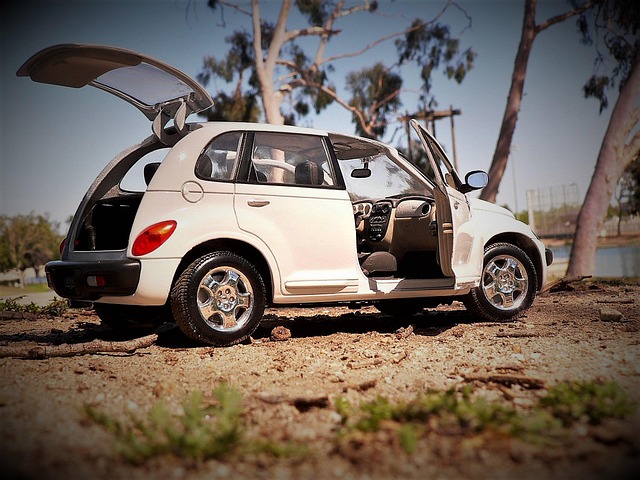
Accurate hail damage repair inspections are paramount for both insurance companies and car body shops to ensure fair compensation and high customer satisfaction. During these inspections, skilled technicians meticulously assess every aspect of the vehicle, from minor dents and scratches to more significant structural damages like fender repair or auto body painting needs. This thorough process is crucial in documenting the extent of the hail damage, which directly impacts the insurance claim’s accuracy and subsequent reimbursement.
In a car body shop, accurate inspections are not just about assessing damages; they also play a vital role in setting expectations with customers. By providing detailed reports on the required repairs—whether it’s a simple paint job or complex fender repair—shops can manage customer expectations, ensuring they understand the process and timeline for restoring their vehicle to pre-hail condition. This transparency fosters trust and strengthens relationships between the shop and its clients.
Accurate hail damage repair inspections are paramount for efficient insurance claim processing and ensuring customer satisfaction. By adhering to standardized protocols, shops can thoroughly assess each vehicle’s unique hail damage, facilitating precise repairs and peace of mind for car owners. This meticulous process, focused on detail and accuracy, is key to navigating the complexities of hail damage restoration.
